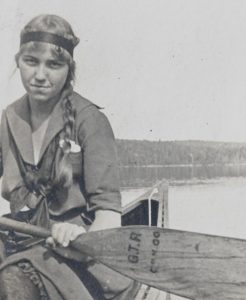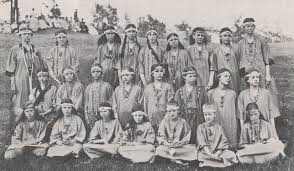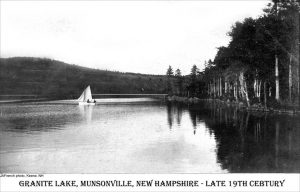
The first few camps were established in the 1880’s mainly in New England. Roderick Nash, in Wilderness and the American Mind, states “American’s surging public interest in wilderness went from a small group of back to nature enthusiasts to a national phenomenon.” A typical camp was located in remote natural settings usually near a body of water. Accommodations were in primitive open-air sleeping structures or tepee style living spaces.
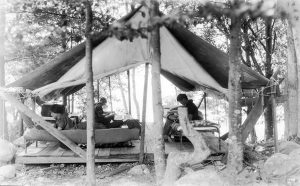
Campers learned traditional native outdoors activities including fire making, fishing and canoeing. Living and working together in teams helped to encourage campers to develop character and values necessary for productive citizens.
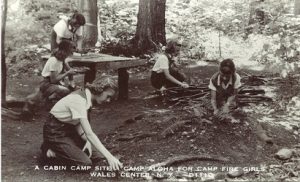
Summer camp was a reflection of the Wild West, the great, unspoiled spaces of the frontier past and the idea of the vanishing Indian. “Indian” was a theme common to many camps. Kiera Vigal, in her article, “Eastman School of the Woods” explains, “Groups like the Boy Scouts and Camp Fire Girls viewed symbols and ideas drawn from tribes as material ripe for appropriation and articulated how “going native” was a necessary antidote to the failures of modern industrial society.” p.2
